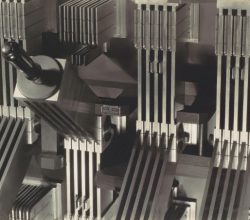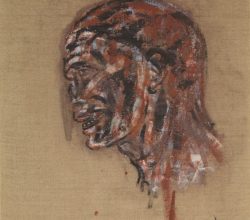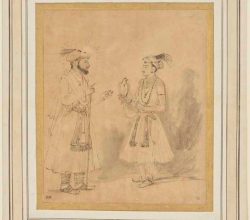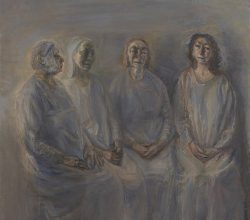
The art of the machine age at the de Young
Charles Desmarais | San Francisco Chronicle | 23rd March 2018
By the 1920’s the age of the machine had clearly arrived. European art responded with cubism and constructivism and these ideas were transplanted by the “precisionists” to America. Theirs was not a uniquely American art movement but they did view mechanization with New World optimism – “reverential commemoration of the clarity and simplicity of industrial forms”





